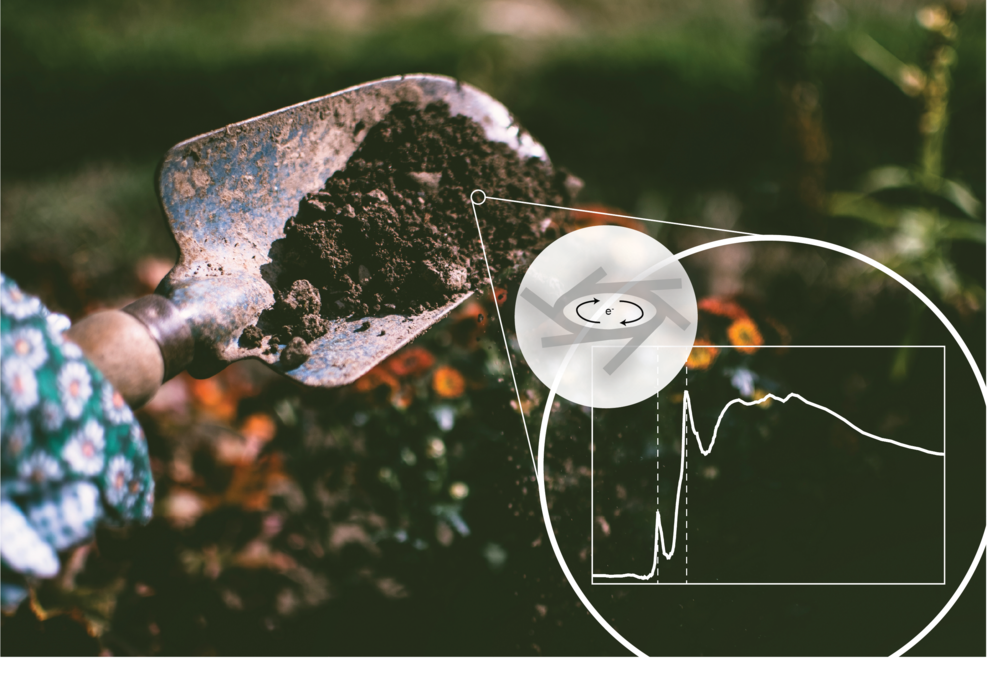First workshop of working group Soil Sciences: X-ray and neutron imaging provide opportunities to ‘see’ into the black box
In June, the working group Soil Sciences, is organising its first workshop. In this interview, biologists and working group members, Edith Hammer and Milda Pucetaite talk about what they hope to get out of the event, and the importance of studying soil with the help of new techniques.
What is the workshop about?
The aim of the workshop is to bring people who work with soil sciences together to see how we can make use of x-rays and neutrons to develop the field. We see lots of potential and also want to attract people who are not classical synchrotron and neutron users. The idea is to give an overview of the techniques, push the frontiers of soil science, and provide good, inspiring examples of how you can use x-rays and neutrons to tackle issues such as climate change, water scarcity and food security.
What is the connection between soil sciences and x-rays and neutrons?
If you look at soil, it is very compact and dark, and is often studied with a black box approach, looking at bulk processes. However, soil is an enormous labyrinth of pores with pockets of water and air. A lot of important processes happen at precisely that scale, in particular relevant to soil microbiota, which, to a large extent, ensure healthy functioning of soil.
With the help of these new techniques, we can find out what’s actually in the black box. X-rays and neutrons let us look into the dark soil. We can look at the arrangement of the pores, and at chemical compounds that makes up both soil minerals and soil organic matter.
What can you use the techniques for?
Today there is a big need to understand the processes responsible for soil carbon storage. This is closely linked to climate mitigation and the maintenance of soil fertility. Soil has a huge potential to store carbon; it already holds more carbon than the atmosphere and biosphere combined. With these techniques you can find out more about the structure and composition of the actual soil. How do agricultural techniques influence soil structure? How does soil structure influence its carbon storage?
Another big topic in soil sciences is pollution. With x-rays we can study the chemical properties of pollutants, and how they change and move in the soil. We can also evaluate the toxicity of, for instance heavy metals, in soil and how they chemically interact with water, minerals or biological systems.
We think this is a super relevant research area. Humanity needs to tackle the question of climate change and other pressing sustainability challenges. But we need to understand what happens in the soil first, from a chemical and structural point of view, before we can start to store carbon at large scale, or come up with strategies that are best to reduce or immobilize pollution.
What do you want to get out of the workshop?
We have high expectations! We want to have new collaborations and more people from all around the world engaging with the research area. Ideally we want to attract many new users of MAX IV and ESS.
Since it is a new topic, we also want to identify the most urgent research frontier questions and ways to approach them.
Edit Hammer is a researcher at the Department of Biology at Lund University and Milda Pucetaite is a post-doctoral fellow at the Centre for Environmental and Climate Research (CEC). They are members of the working group on X-ray and neutron imaging applications in soil sciences. The working group is part of the Imaging theme.
Read more about the Workshop for X-ray and neutron imaging applications in soil sciences.
ABOUT THE IMAGING THEME
The Imaging theme covers acquisition, processing and applications in imaging that are relevant to systems using synchrotrons and/or neutron sources. We consider all possible length scales and subjects accessible with modern and future methods.

